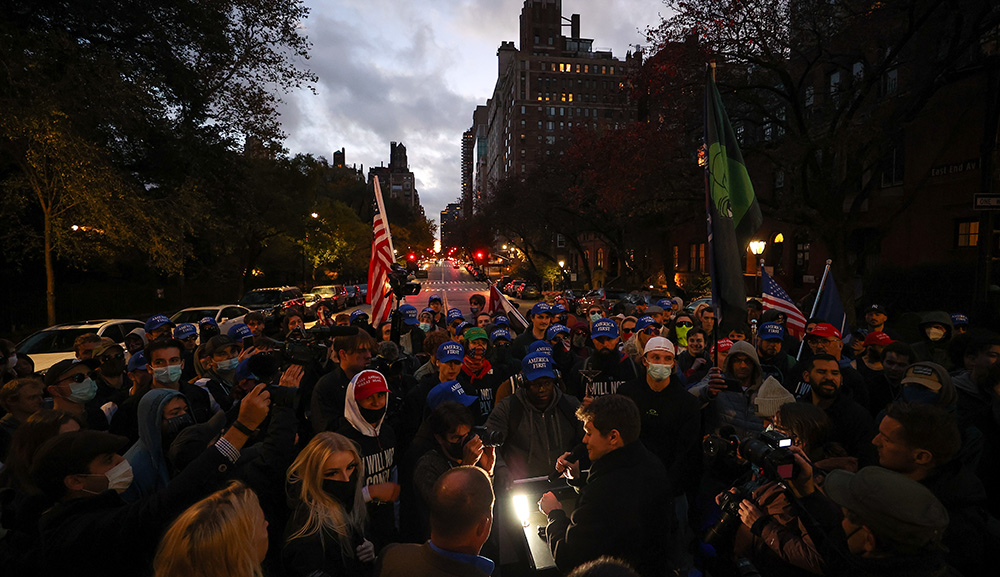In the summer of 1973, the Beatles’ “Let It Be,” which had been released three years prior, was a mainstay of Israeli radio, leading the songwriter Naomi Shemer—best known for her “Jerusalem of Gold”—to compose a Hebrew version, to be sung to the same tune. Then the Yom Kippur war broke out, and the song she had written no longer seemed appropriate, as Lahav Harkov writes:
Shemer changed the lyrics to a prayer expressing hope for the battles to end and for IDF soldiers to return home peacefully. . . . Shemer wrote the song for the singer Chava Alberstein, who had wanted to perform it at an event for pilots’ wives. . . .
At first, [Shemer] kept the Beatles’ tune, but her husband, Mordechai Horowitz, on a reprieve from fighting in the war, said: “I won’t let you waste this song on a foreign tune. This is a Jewish war, and you should give it a Jewish tune.” . . .
That day, Shemer was asked to perform on television, and she came up with an original tune for the song in the car on the way to the studio, a tune that she described as [capturing] “the sigh and distress of the war.” The song was broadcast the next day, and a day after that, Alberstein performed it on Army Radio. Shemer’s “Let It Be” became the unofficial song of the Yom Kippur War, played and sung by soldiers on duty.
[According to Shemer], the then-IDF chief of staff David Elazar first heard the song after the war ended, and it made him cry.
A video of Shemer performing the song—whose title, Lu y’hi, means “may it be”—can be found at the link below. Lyrics in Hebrew and in English translation can be found here.
More about: Arts & Culture, Israeli music, Naomi Shemer, The Beatles, Yom Kippur War


